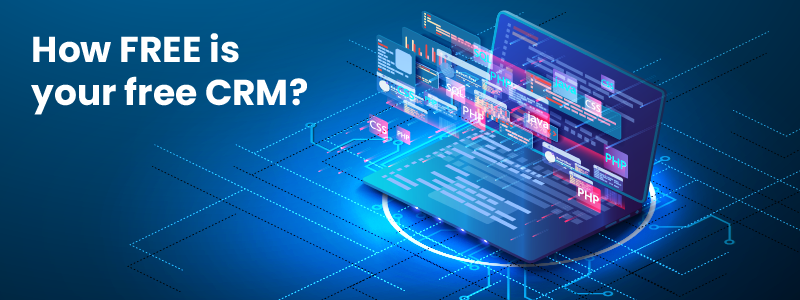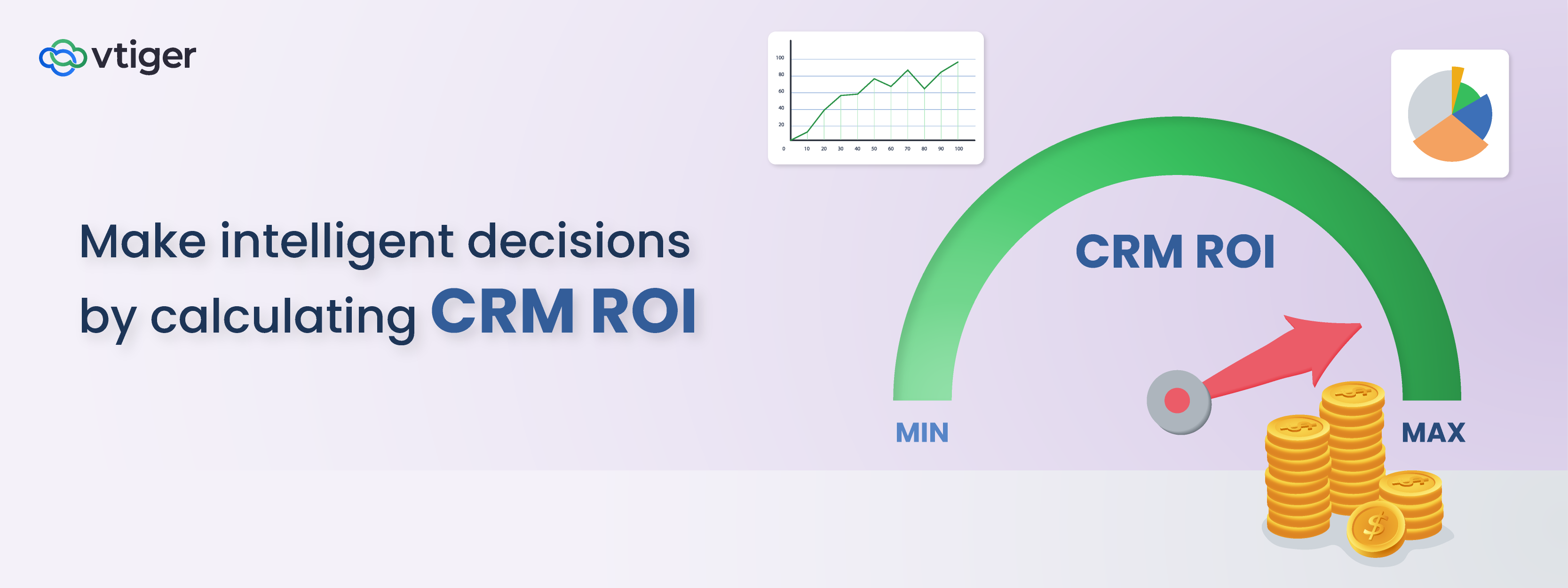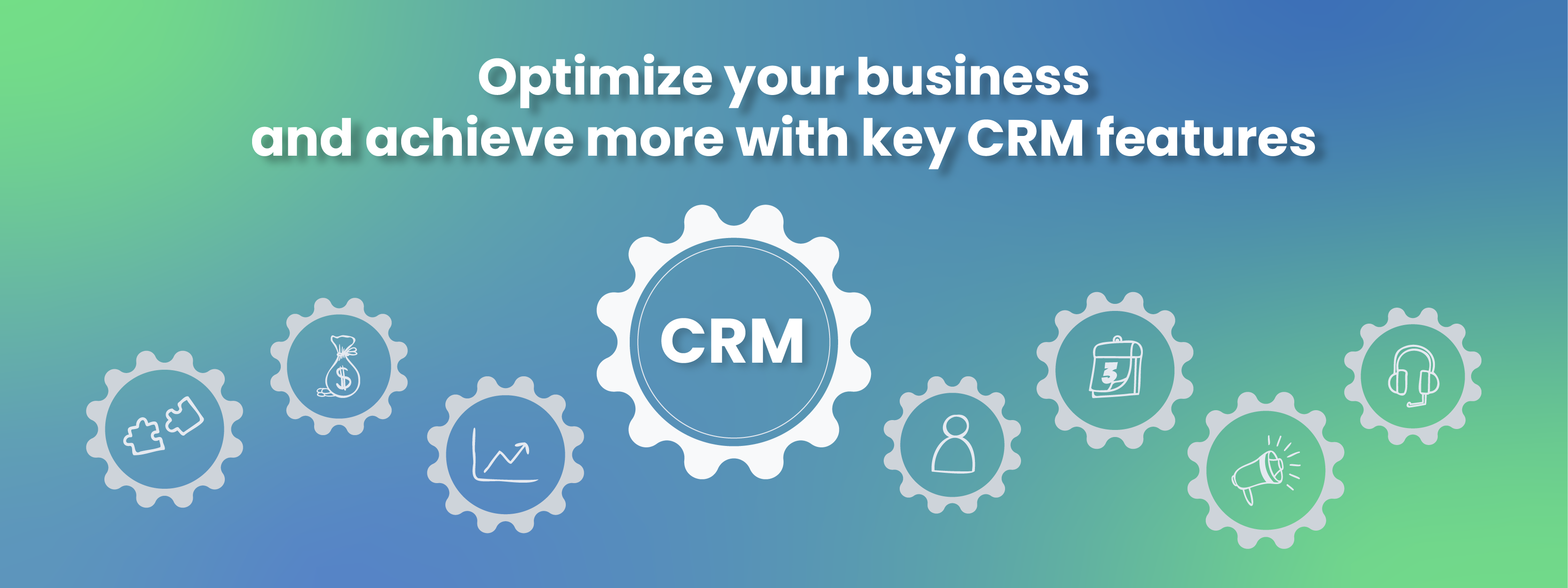On the day the wall came down
The ship of fools had finally run aground
Promises lit up the night
Like paper doves in flight
- A Great Day for Freedom, Pink Floyd
So you think it’s time to get a CRM to manage your sales funnel. Maybe you are a small business that has been making do with spreadsheets and email mailing lists or a startup that needs everything other than building the product running on autopilot – either way the promise of a FREE CRM software that does everything short of running your business for you sounds too good to give up on.
So this post is a bit of a reality check on CRM, FREE and that running your business part.
Short summary of everything that is to follow: “There is no such thing as a free lunch”
I am going to break the argument down to the core concepts that we are debating about.
- What really is CRM?
- What really does FREE mean?
What is CRM
CRM the acronym stands for Customer Relationship Management.
And while CRM is now almost synonymous with CRM Software, the technology is only a small part of Relationship Management. Building your brand and being successful in the marketplace is like creating a work of art. The quality of the brushes and paints matter. They need to help you create your masterpiece, but they can’t do it for you. The strategy, the execution and the skills are what you have. The tool can only make it easier.
If you have a bad disconnected strategy then be-warned – a good CRM tool will amplify that fact to the world as well.
Your customer relationship strategy has to be built by you based on your business goals. Customer Centric can be a genuine strategy or simply a buzzword. Your CRM software can’t help you build that focus, it can help you execute whatever choices you make. If you want to dive a little deeper into this question, we have a whole page dedicated to the topic.
What really does FREE mean?
The word FREE is often misunderstood and open to multiple interpretations. In the world of software, a distinction is often made based on the notions of gratis and libre.
Gratis: The concept of free as gratis relates to the cost of software. When some software or application is made available gratis, it means there is no monetary cost for the software itself. There might be other costs.
Libre: The concept of free as in libre is much more expansive and relates to the notion of freedom and liberty. Those who use the software are not controlled by any obligation and have freedom to modify and distribute without interference by the developers.
Cloud applications often give users the option to access a free version of their software. This is a no commitment entry option for people to try out if the application works for them before committing to a paid version. This is software being offered gratis. “Free as in Beer” – you can’t decide which brew it is, but you can consume it without anything being expected in return.
Open-Source software which gives users the freedom to modify and distribute source code, is the software being given free as in libre. Often referred to as “Free as in Speech”.
Is there such a thing as FREE CRM, really?
Yes and no.
Open-source is free. You can download it, modify it and not pay a dime to the creators. But chances are you will end up paying substantial sums to implementation experts to get it all going for you. Getting a complex piece of software like a CRM is not easy. It is not an intentional strategy to get companies to pay for services, it is just the nature of the beast. You need to have the right environment setup, the server configurations done, security patches installed, the list just goes on and on. This is why on-premise solutions are on the decline. A decade ago, cloud solutions were just getting into the mainstream and had several challenges. Today that situation has reversed.
Today the cloud ecosystem is mature and robust. In fact it is increasingly the default option for most private businesses. And so that brings us to the Freemium option of CRM software. There are several good free options available, as long as you know what you are looking for. A lot of small businesses tend to overestimate their requirements and end up opting for solutions that have far too many bells and whistles.
A common complaint directed towards the free editions offered by various vendors is that they limit the capabilities of these editions. The fact is most free editions are good enough for those starting off on the CRM journey to get things warmed up, kick the tires and see if the application really works for you.
The most important thing to consider when you choose which CRM solution works best for your business is to look at the product-maturity fit. Does the product fit where your business is on the CRM maturity scale. If you are just starting out, opting for an enterprise grade solution like Salesforce makes no sense. If you don’t have in-house technical expertise, then while open-source might seem like a good solution, it can get really difficult to set up and maintain.
Here are the top five things that you should consider when looking for a free CRM solution. (For the full list of 10 things and more insights, download our eBook The Ultimate Guide to Choosing a FREE CRM)
-
Functionality
When evaluating a CRM for your use, look for support for the core functionalities you need today and maybe a year into the future.
If you are a two person start-up with a core need for basic sales funnel functionalities like contact management, deal tracking and email marketing, it does not make sense to get a CRM that gives you hundreds of bells and whistles for ‘free’. In addition to the fact that you will not use any of those features, chances are you will still need to spend time (and possibly money) to figure out how things work.
Alternatively if you are a large company with distributed sales teams and mature process flows, you need a CRM that can support these out-of-the-box as far as possible.
If you need to keep some of your customer data in another application, then the CRM is not really serving its purpose.
In addition to evaluating current capabilities that you need, check out how easy it is to add-on or activate additional capabilities that you think you will need in about an year’s time. Getting your team familiar with mission critical software like a CRM takes time. If you find that you will outgrow your software capabilities within months, then your team will always be playing catch-up and will take that much longer to realize the potential of using a CRM.
2. Ease of Use
Just because the CRM software is free does not mean that it is simple or intuitive.
Dealing with overly complex software with user flows that are not easy to understand comes with a lot of hidden costs. You might be getting the software for free, but you might end up paying dearly in terms of overheads and productivity costs.
Evaluate the complexity of set up and administration. A freemium cloud edition will largely have much lower requirements of time and effort in terms of getting the application up and running compared to an open-source on-premise or personal-cloud installation.
The next thing to evaluate is the user interface. If your sales and support teams need hours of training to get used to the CRM, those costs add up quickly.
A good CRM should reduce the data entry time for users and add to process efficiency, not become yet another challenge that needs to be dealt with.
3. Integrations
A CRM is a vital part of the company’s sales-tech or martech stack. It is quite unusual that the CRM will be used as a standalone application.
This means that the ability of your free CRM to integrate with other applications becomes critical. The true value of a technology stack is only realized when various components integrate well with each other with a high degree of automation.
Unless the CRM offers you interoperability, it will be a dissonant piece of the technology solution and you will be dealing with the pain of fragmented and outdated customer data.
Here are some of the key integrations you should be looking for:
• Calendar
• Social Media
• Web forms
• Telephony
• Video Calling
• Collaboration Applications
4. Scalability
While you evaluate the CRM application from its ability to handle the current requirements for your business, it is important that you evaluate its ability to scale.
The configurations that work for a two person startup with a handful of early adopters won’t be adequate when it grows to a 50 person team with hundreds of paying customers. As companies grow, their processes mature and evolve and the demands on the CRM changes.
A good solution should be capable of evolving along with the organization.
With Open Source there should ideally be no limit on some parameters like number of users, but if the design is not robust you might see performance challenges at scale with large datasets and an increase in concurrent users. It is important that you look for an Open Source solution that has a proven track record of being used with organizations of all sizes before you invest in it.
With cloud solutions, it is useful to check what the upgrade path across free and paid editions are – is there a seamless way to upgrade when you are ready to? Will the provider assist with any required migrations and customizations? Are there performance benchmarks for the editions at your expected workloads? These are all aspects to evaluate before you commit to the CRM solution.
5. Security
Security is a critical aspect to evaluate in your evaluation of a CRM solution.
The CRM is going to hold all your mission critical customer data. An insecure application could prove disastrous.
An important aspect to consider is if there are user level access restrictions that can be enabled. The software should allow for different permission levels and options to be easily set.
If you are dealing with user data from regions like the EU that have strict data privacy laws, you must also check if the software you are choosing enables you to comply with these laws. For example, if you have customer data on EU nationals, does the software store data within the European Union or does it force you to store the data in an offshore data centre?
An Open-Source solution gives you near absolute control over data storage and access, especially if you are hosting the CRM on a local server on-premise. But this brings in a different set of challenges, since now you need to ensure that the latest security patches are applied and you are on top of any new security bugs that might have been discovered which might potentially endanger your customer data.
Related Posts
Which is Best CRM for Startups? ( It’s not Salesforce)
Introducing Vtiger One: Pilot Edition






